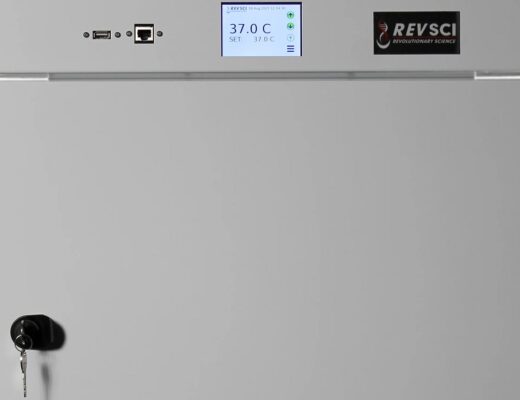Choosing the proper repair and calibration provider for your test equipment is essential. It could have severe consequences for your company if you make the wrong choice. Expertise comes from training and education, familiarity with industry standards, and significant experience. In addition, a broad knowledge base reduces logistics costs and minimizes downtime.
Reputation
Choosing the right repair and calibration services Toronto, ON, can make all the difference. It is essential to select a lab with a good industry reputation and credibility among its clients. Look for a laboratory that offers a fast turnaround time to minimize equipment downtime and loss of productivity. Accredited calibration is essential in mission-critical industries such as pharmaceutical processing, military contracting, and automotive manufacturing. Non-calibrated equipment can produce inaccurate results that impact product quality and safety. For example, a temperature control system that is not appropriately calibrated can spoil food, or tire gauges that are not correctly calibrated can cause your tires to wear out faster than necessary and reduce traction, increasing the chance of an accident. Choosing the right calibration partner will increase reliability and decrease the risk of failing audits, product rework, and recalls. Look for a provider that engineers, designs, and services test and measurement equipment and understands it inside out.
Certifications
Calibration technicians must have the ability to understand and interpret complex technical data. They must also have good manual dexterity to work with delicate instruments. In addition, calibration technicians must be able to use computer-based software to document and manage their work processes. To be considered a qualified calibration technician, you must pass an exam. The ANSI/NCSL Z-540-1 Calibration Technician certification is widely accepted as a standard in the field. The exam consists of several multiple-choice questions and takes about three hours to complete. Choosing the right calibration provider for your test equipment is vital to maintaining optimal performance and reliability. Out-of-tolerance instruments can give accurate information, leading to reliable products, rework costs, and production delays. To minimize risk, choose a service provider with ISO 17025 accreditation. The standard is a comprehensive quality system with all elements required to produce technically valid results.
Experience
Most equipment manufacturers offer service agreements, but you should also consider choosing a multiservice provider with a wide range of experience and an extensive network. This will save you time and money, as you’ll deal with one company instead of multiple vendors. Another factor to remember is the time it takes for the calibration process to complete. Many service providers will finish the job in a day or less, which reduces downtime and allows you to get back to work quickly. Lastly, it would be best to look at the calibration process’s quality. This is important because poor calibration can lead to product recalls and unexpectedly high warranty costs. The best way to do this is by asking the calibration service providers questions about their quality system, traceability, and laboratory practices. A world-class calibration provider should be happy to share this information with you. In addition, you should look for a list of all their accreditations and technical scope of capability.
Pricing
The cost of calibration is an essential factor to consider. Look for a service provider that offers competitive pricing without sacrificing quality. Choose a provider that offers multiple payment options and incentives. This allows you to manage your budget better and ensures you always receive top-quality service. When choosing a calibration service, ensuring that the lab is accredited for the specific equipment you need to calibrate is essential. This ensures that the measurements made are accurate and consistent. It is also essential to choose a service provider that can calibrate a variety of manufacturers. This will reduce logistics costs and downtime by eliminating the need to send your equipment back and forth between providers. Also, make sure that the provider can perform adjustments and repairs to bring your equipment back to specification. This will save you additional costs and ensure your equipment performs at its best.








No Comments